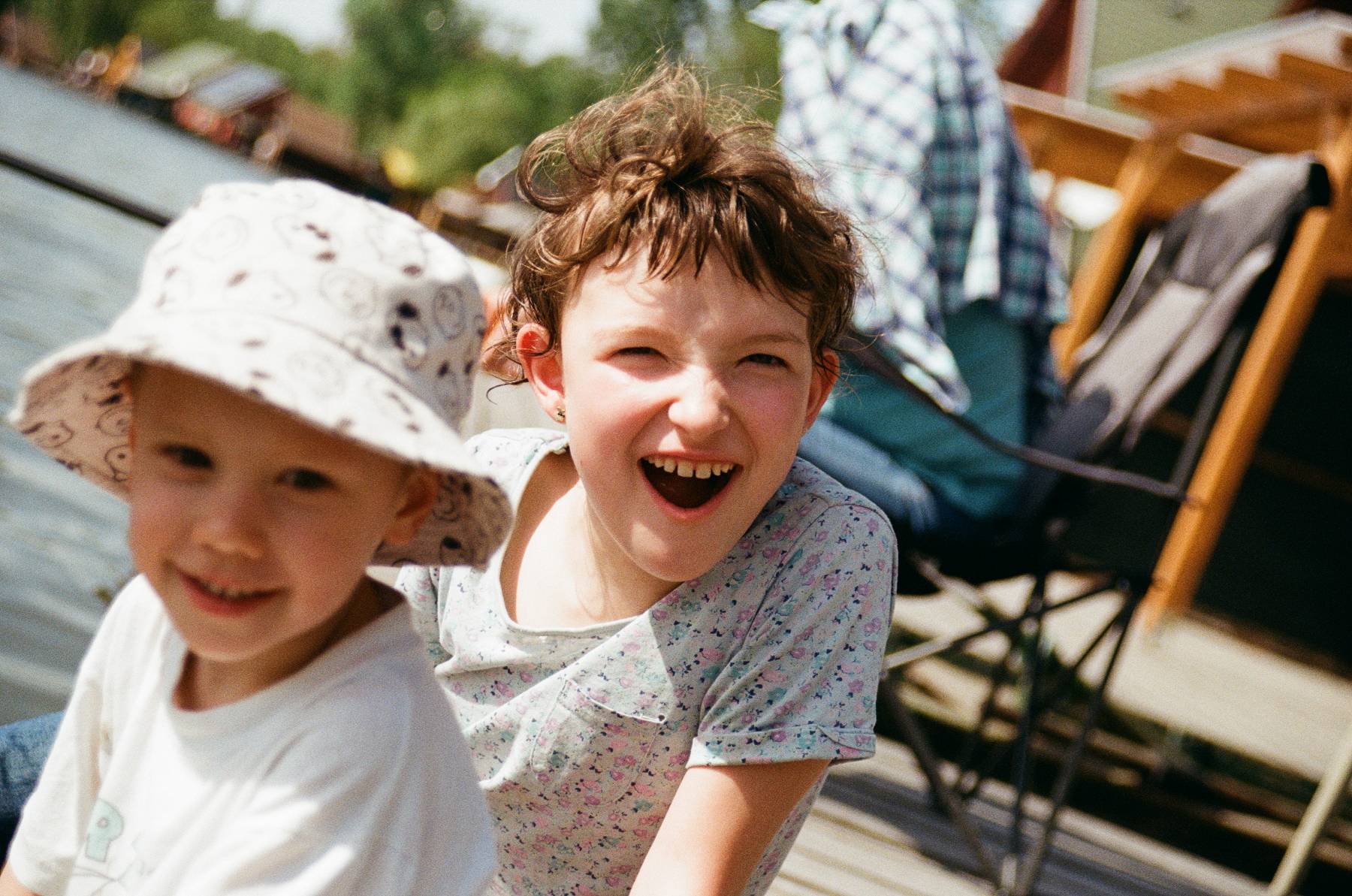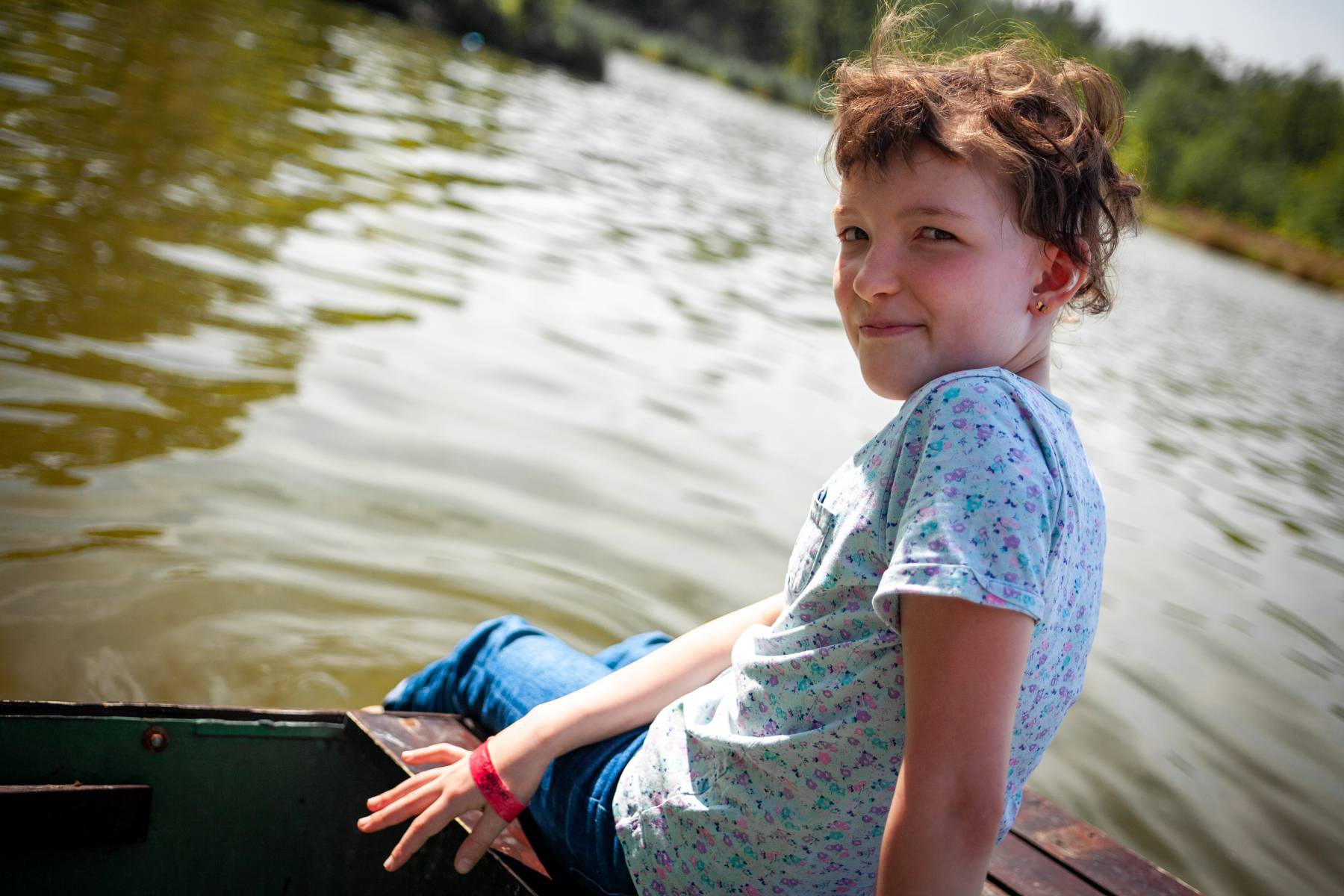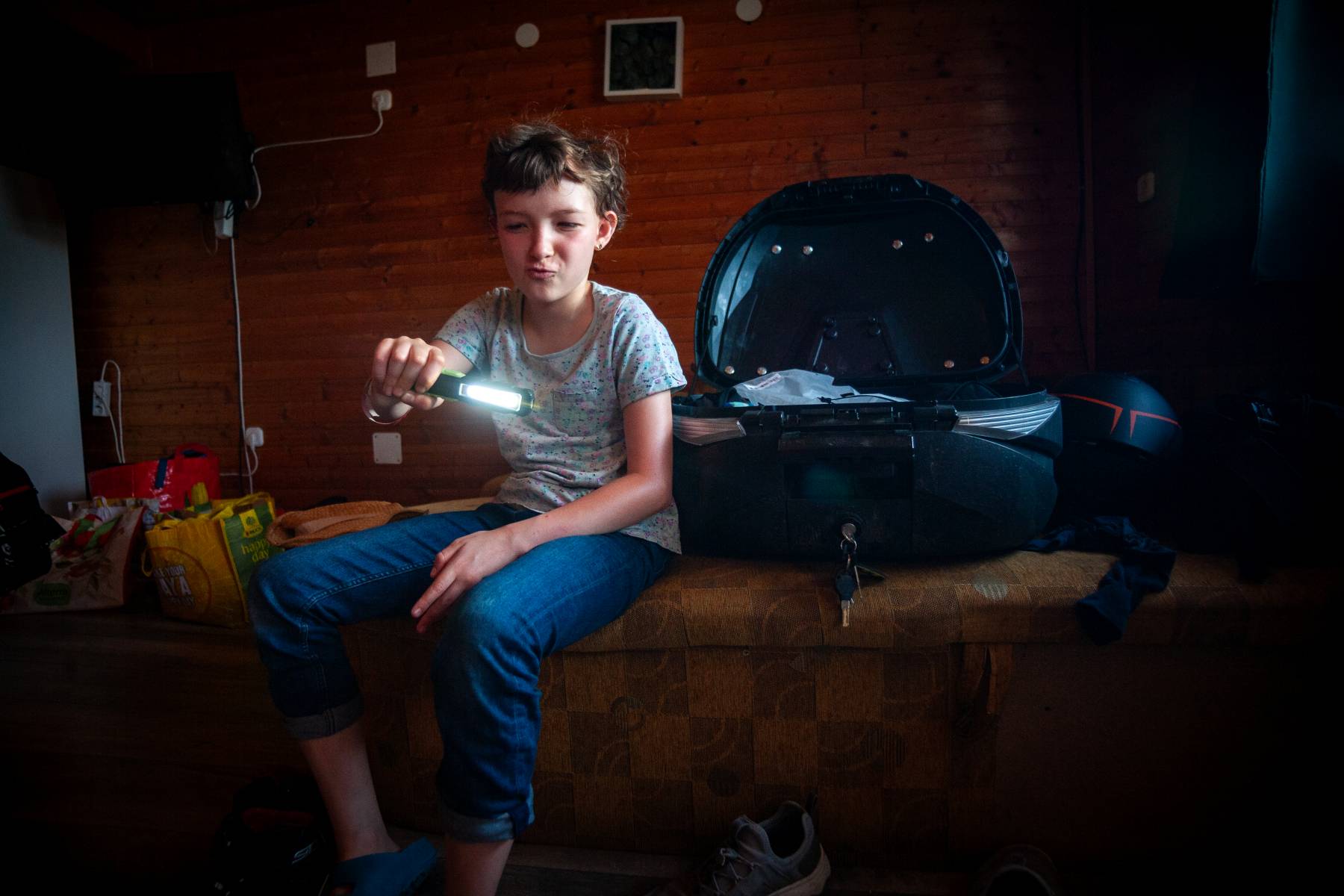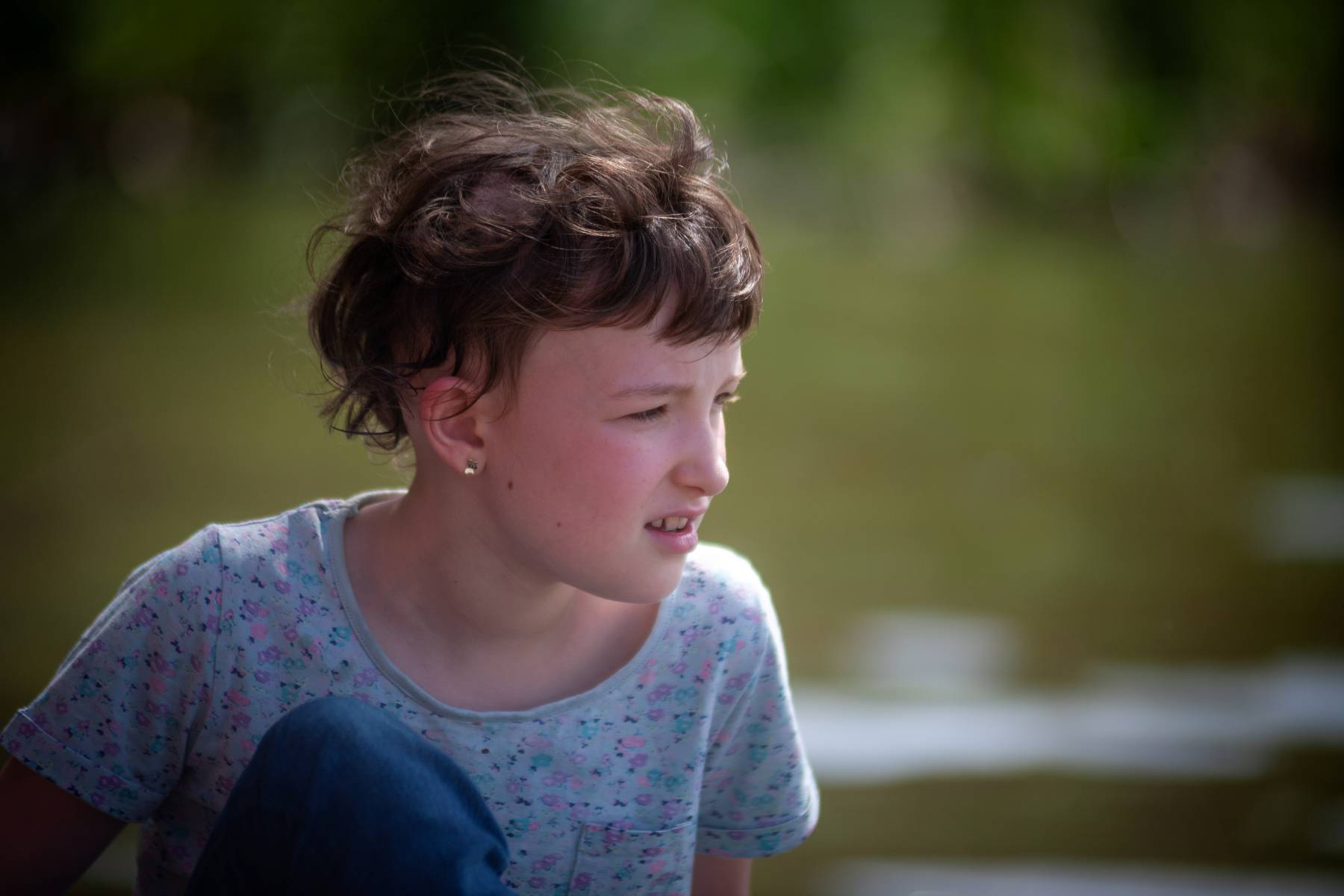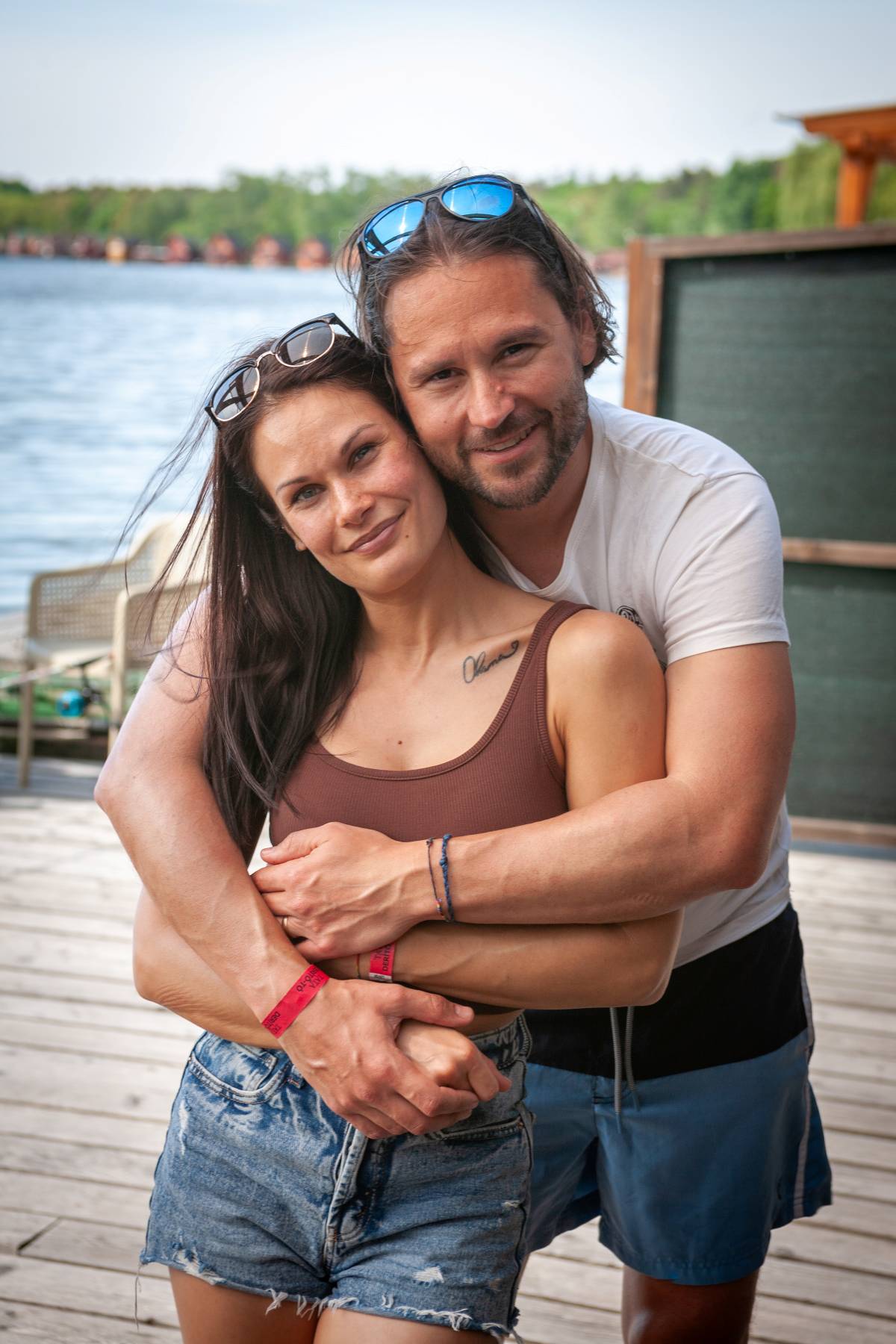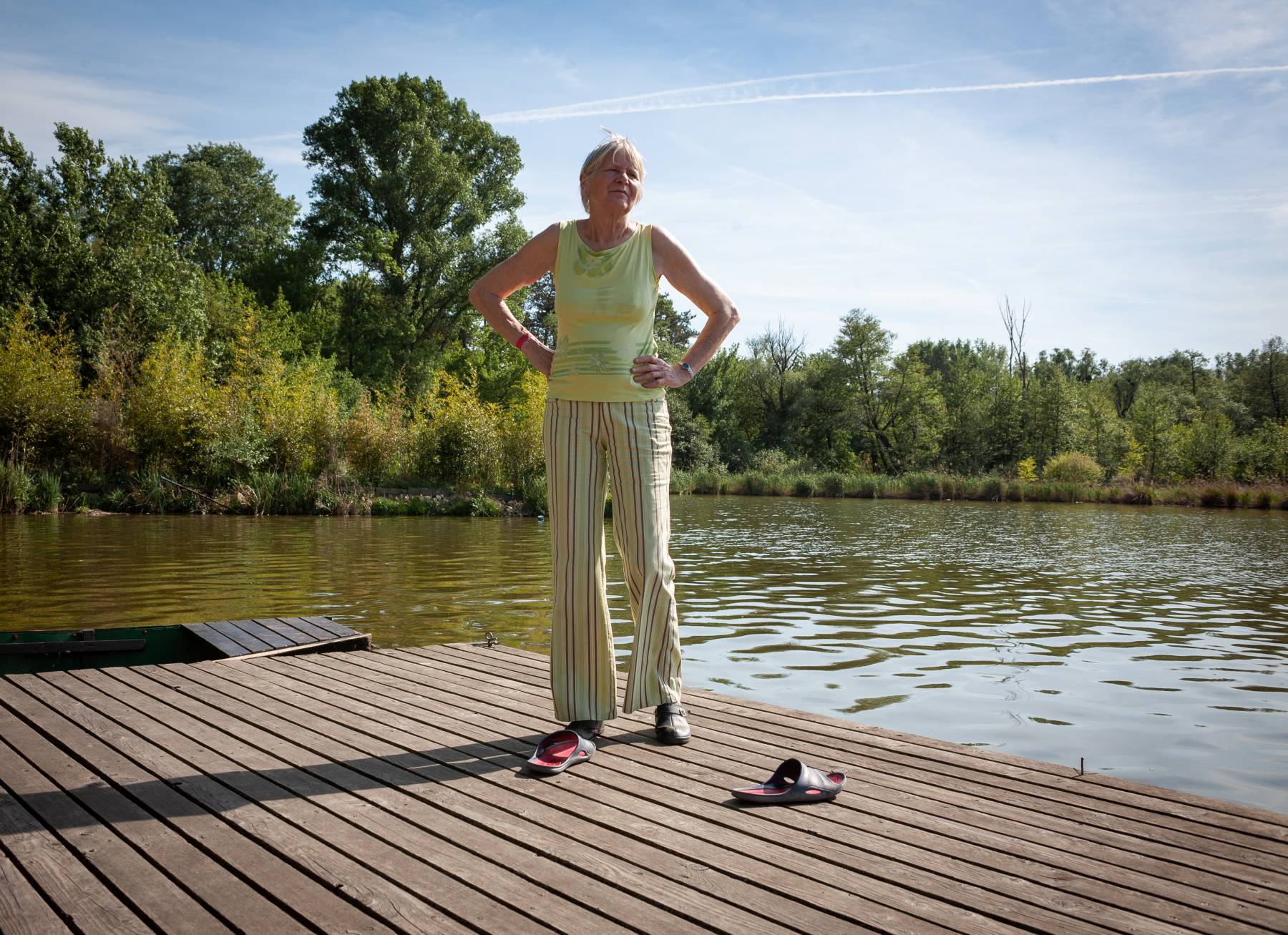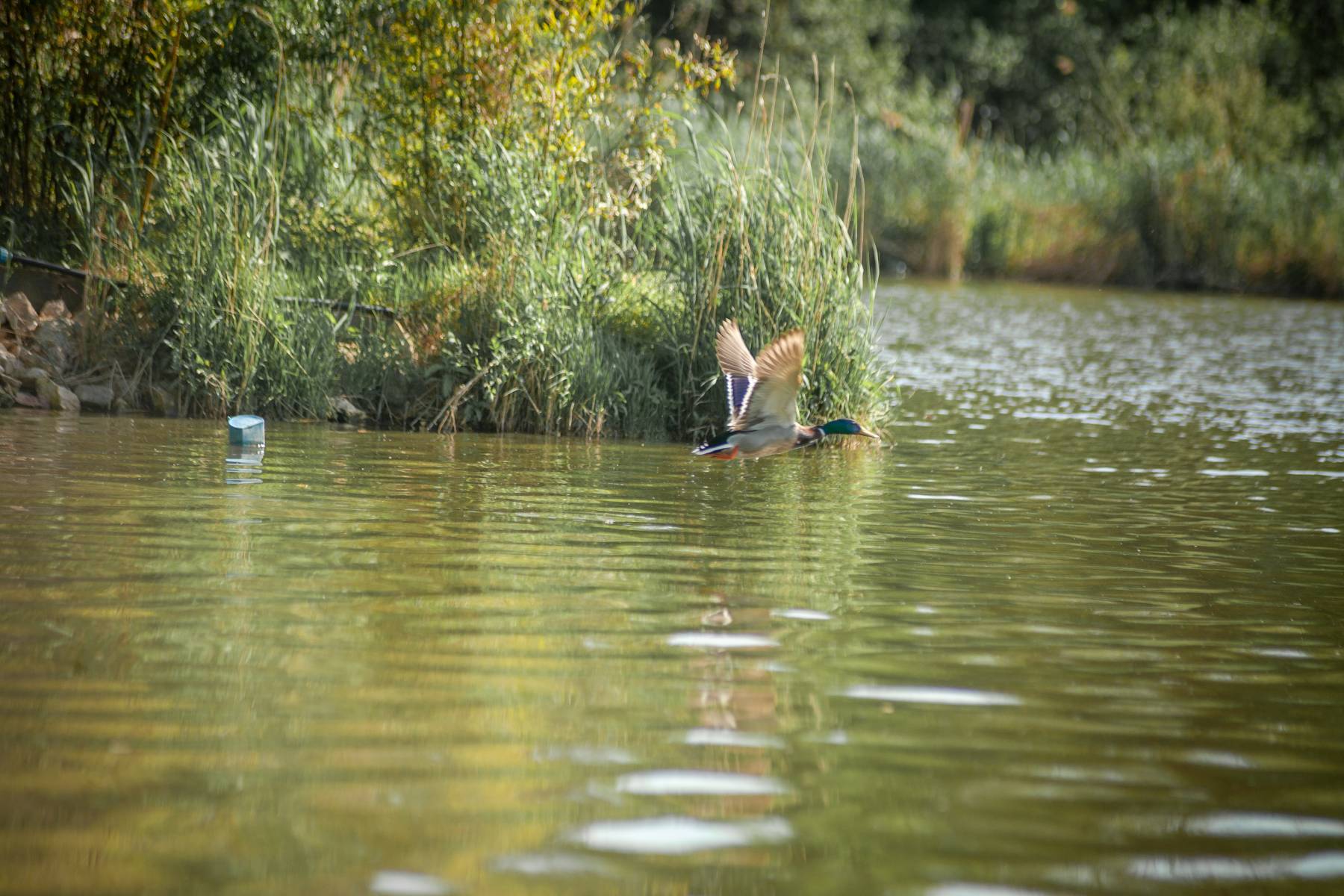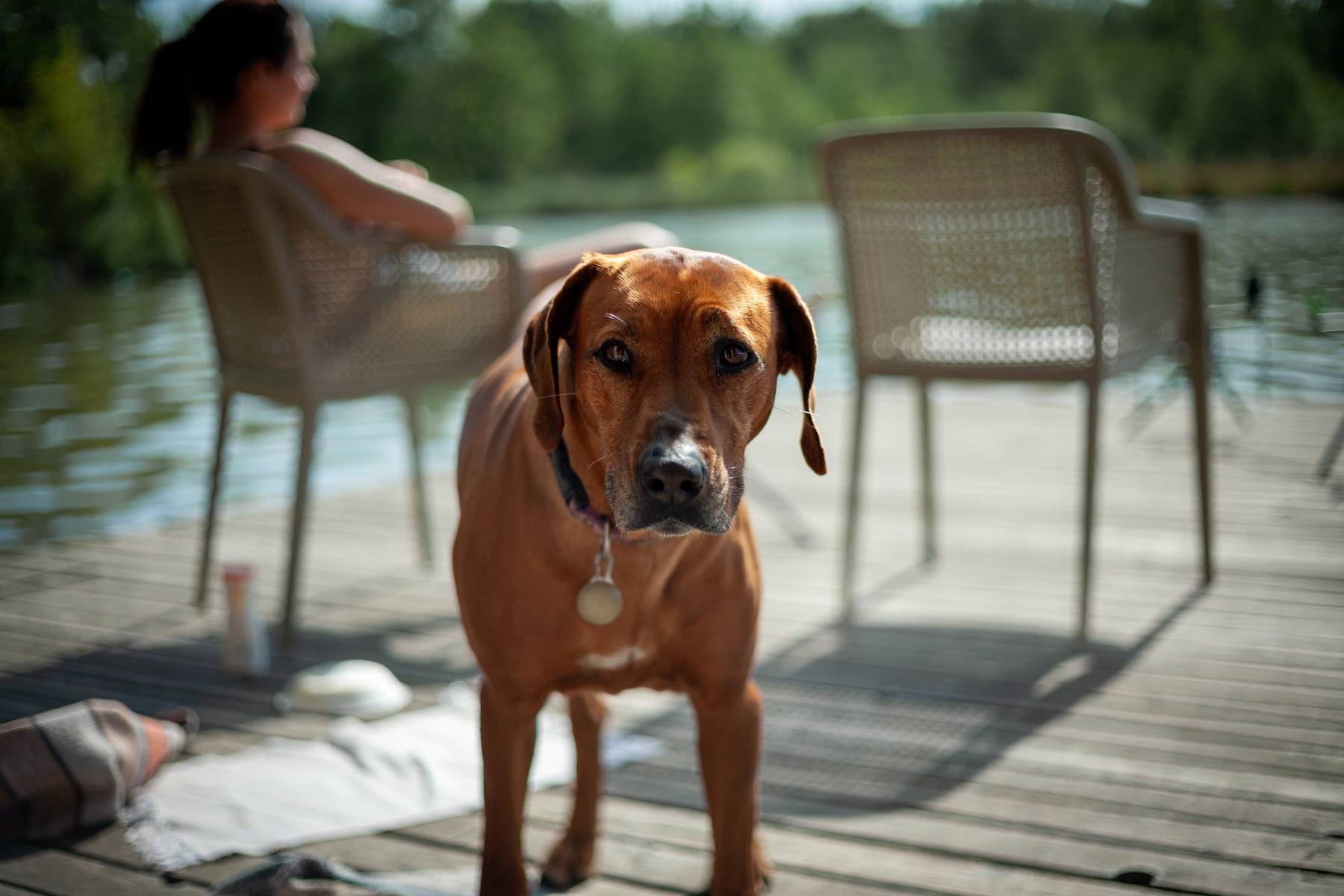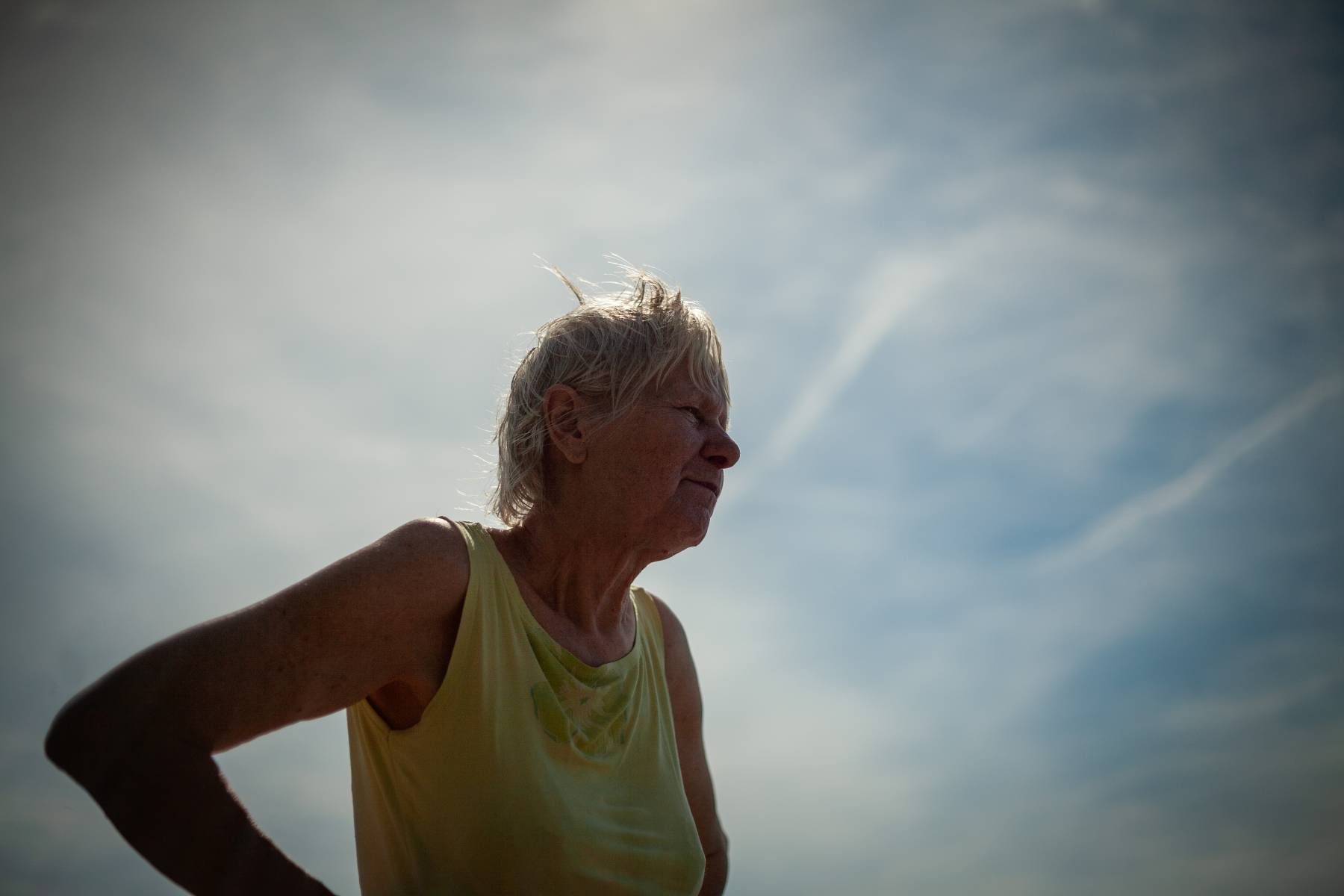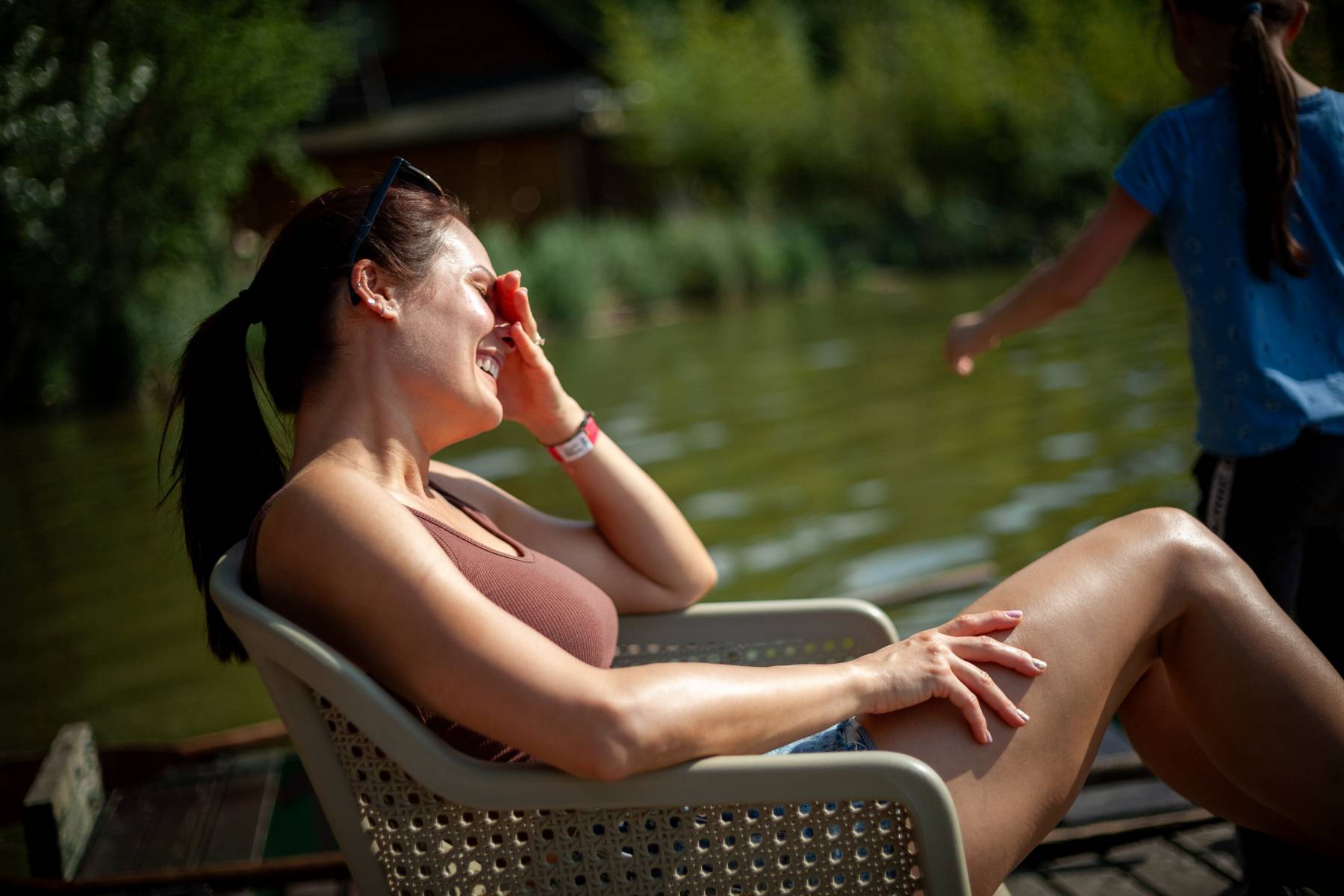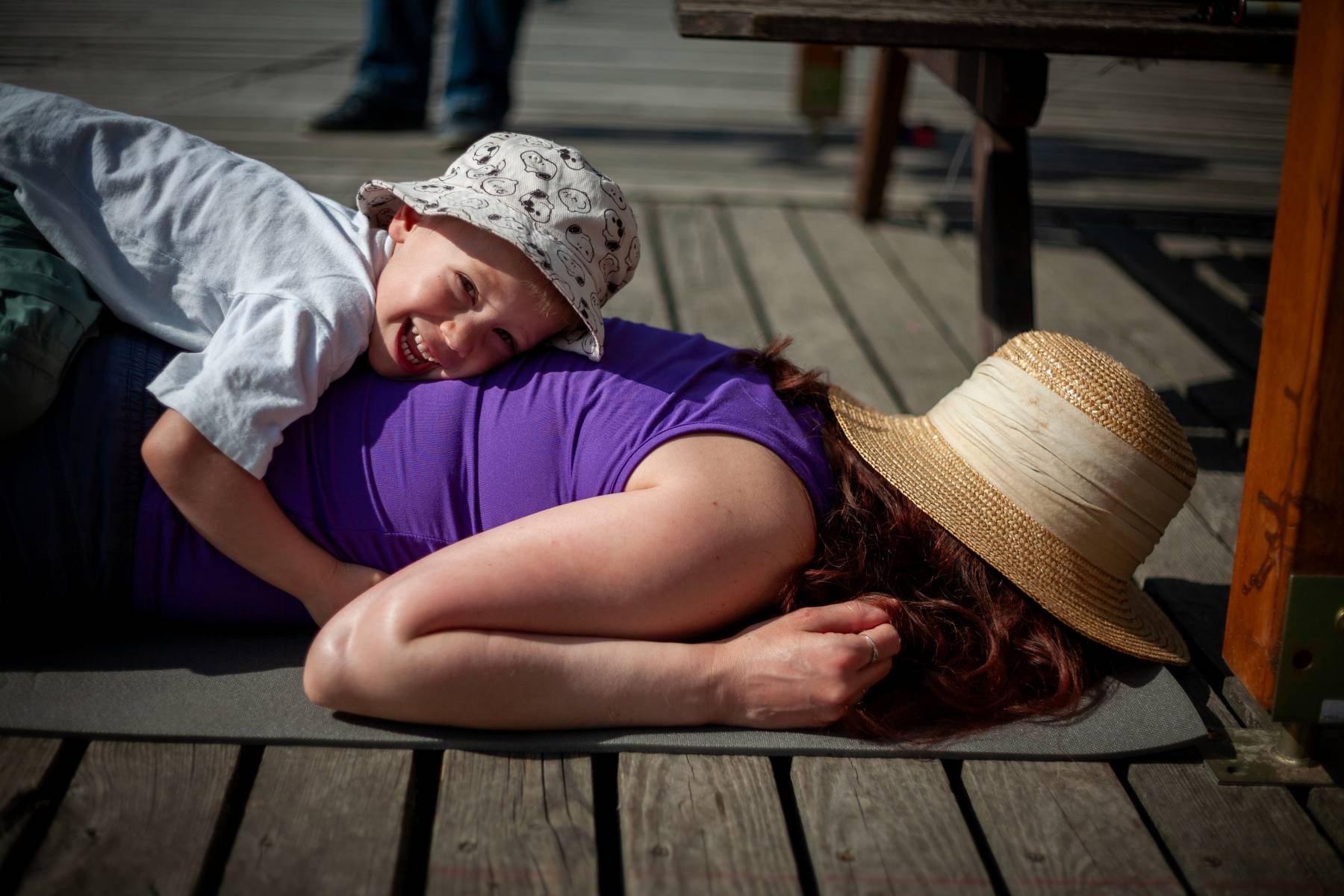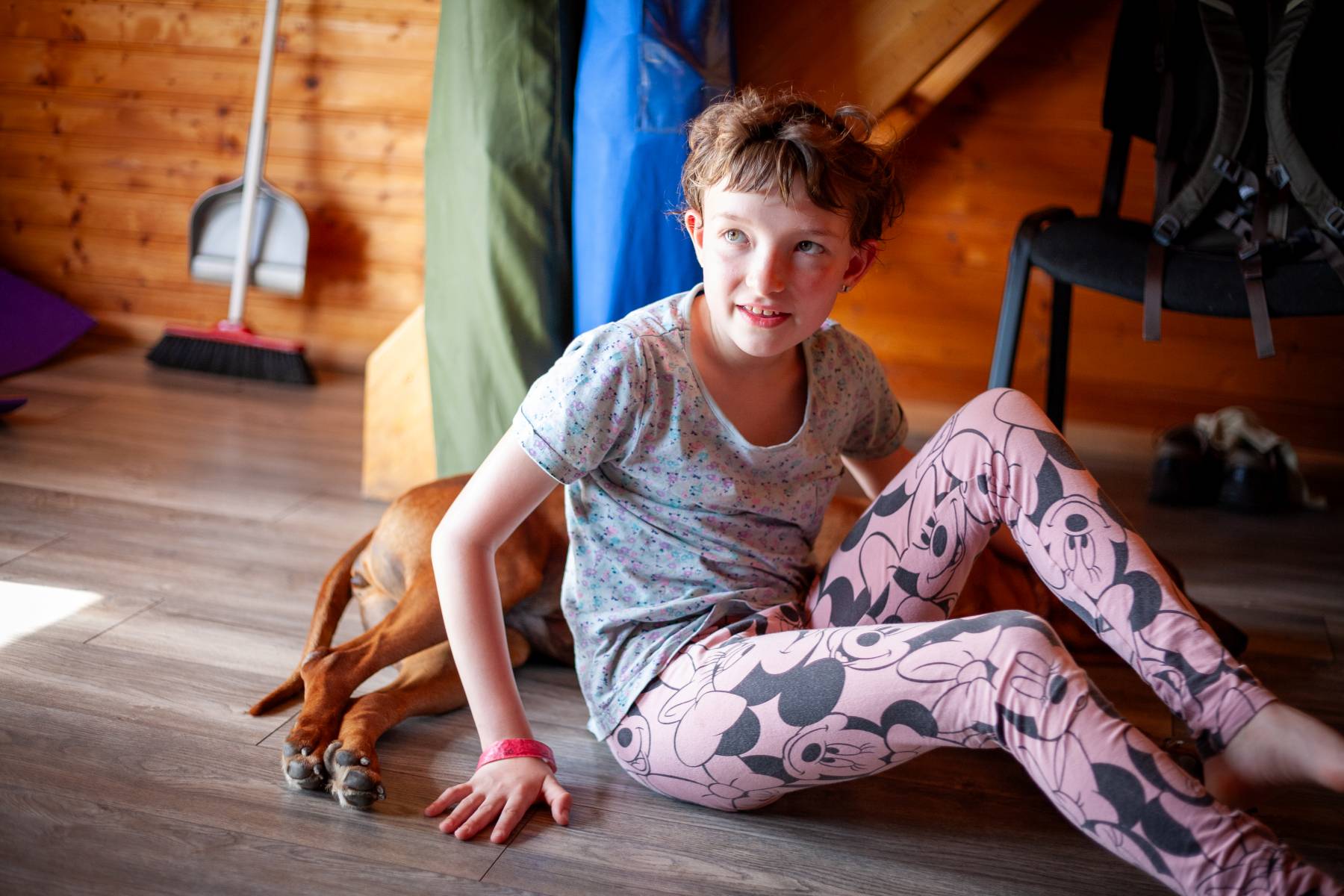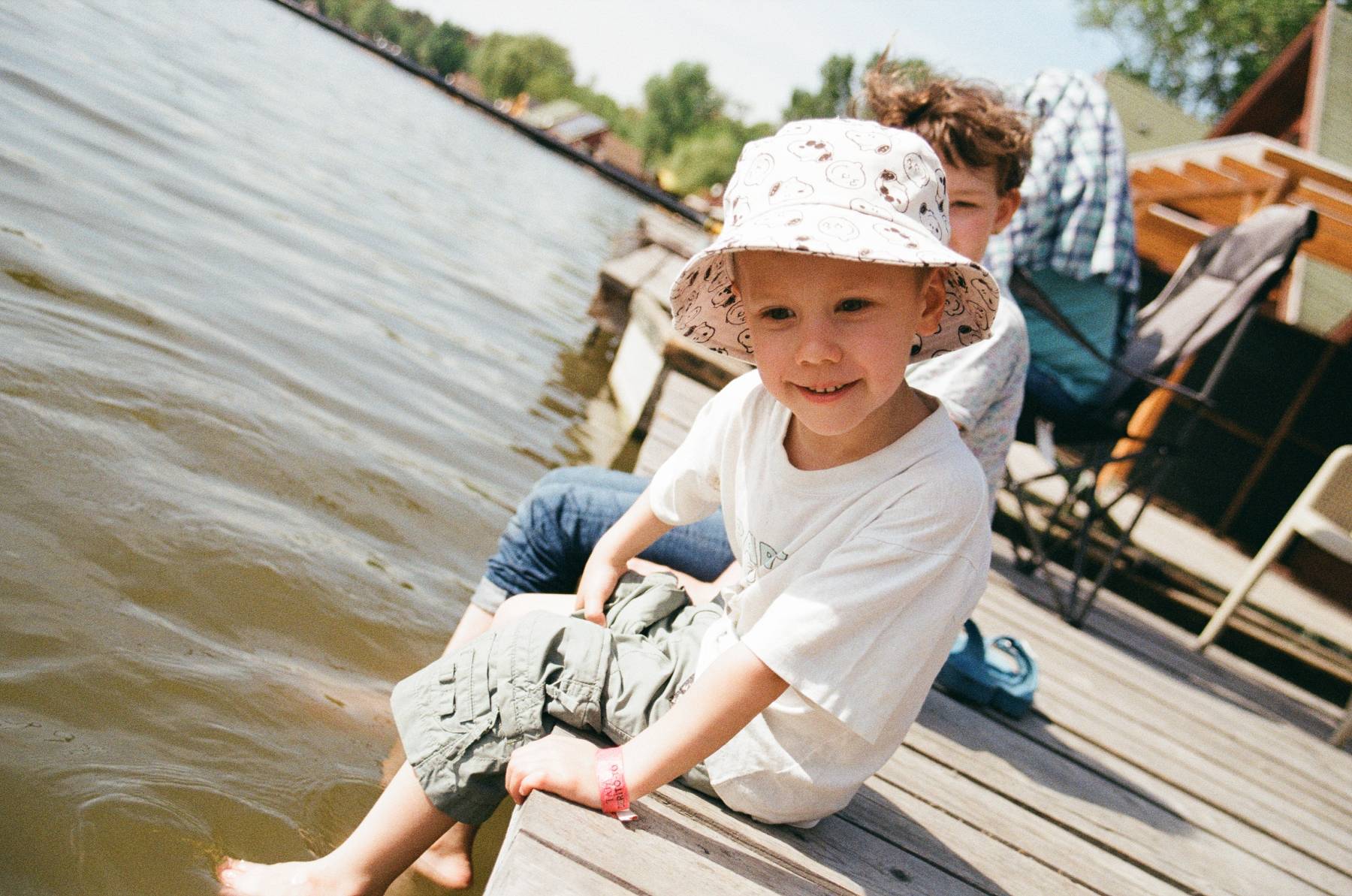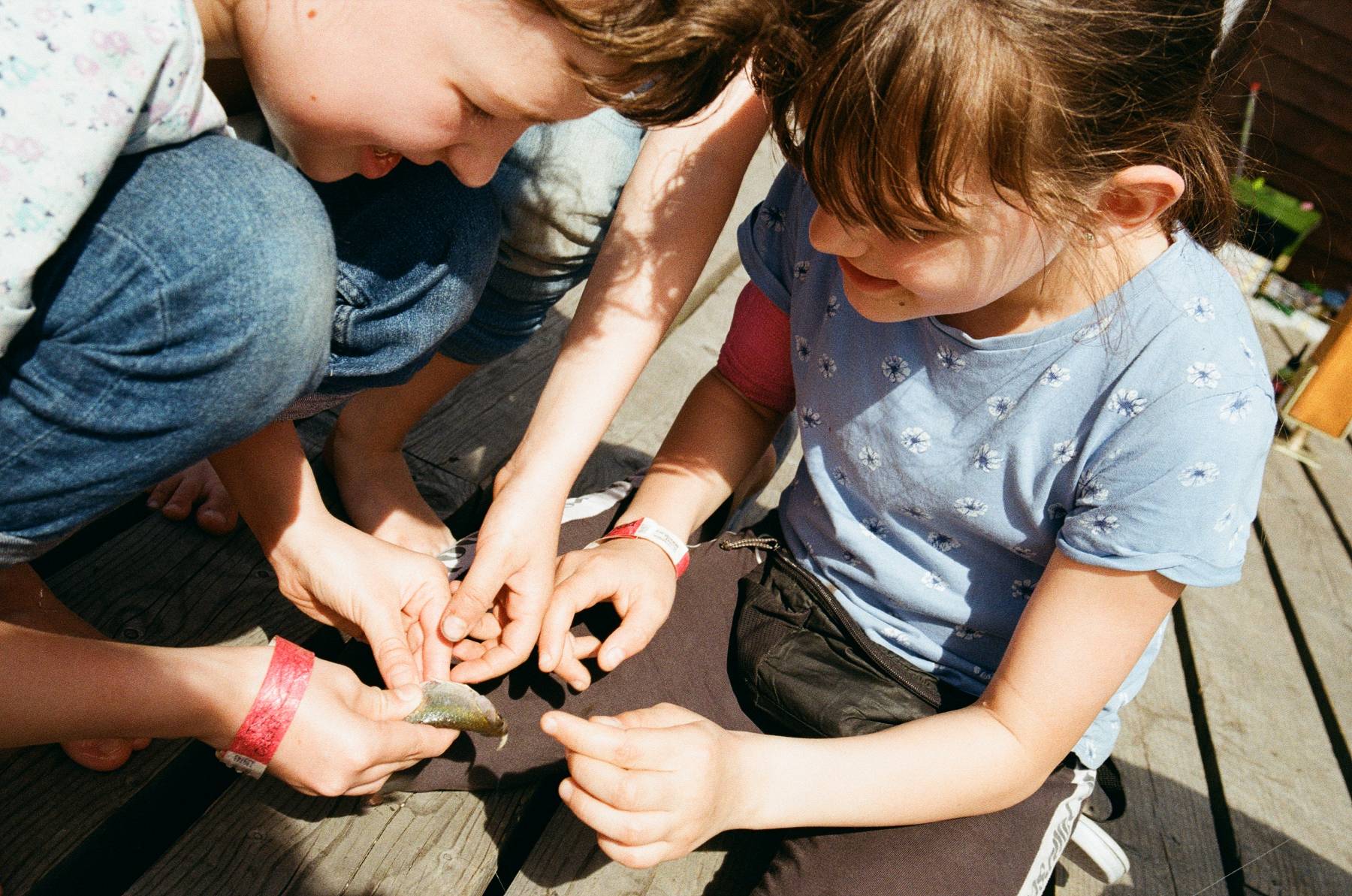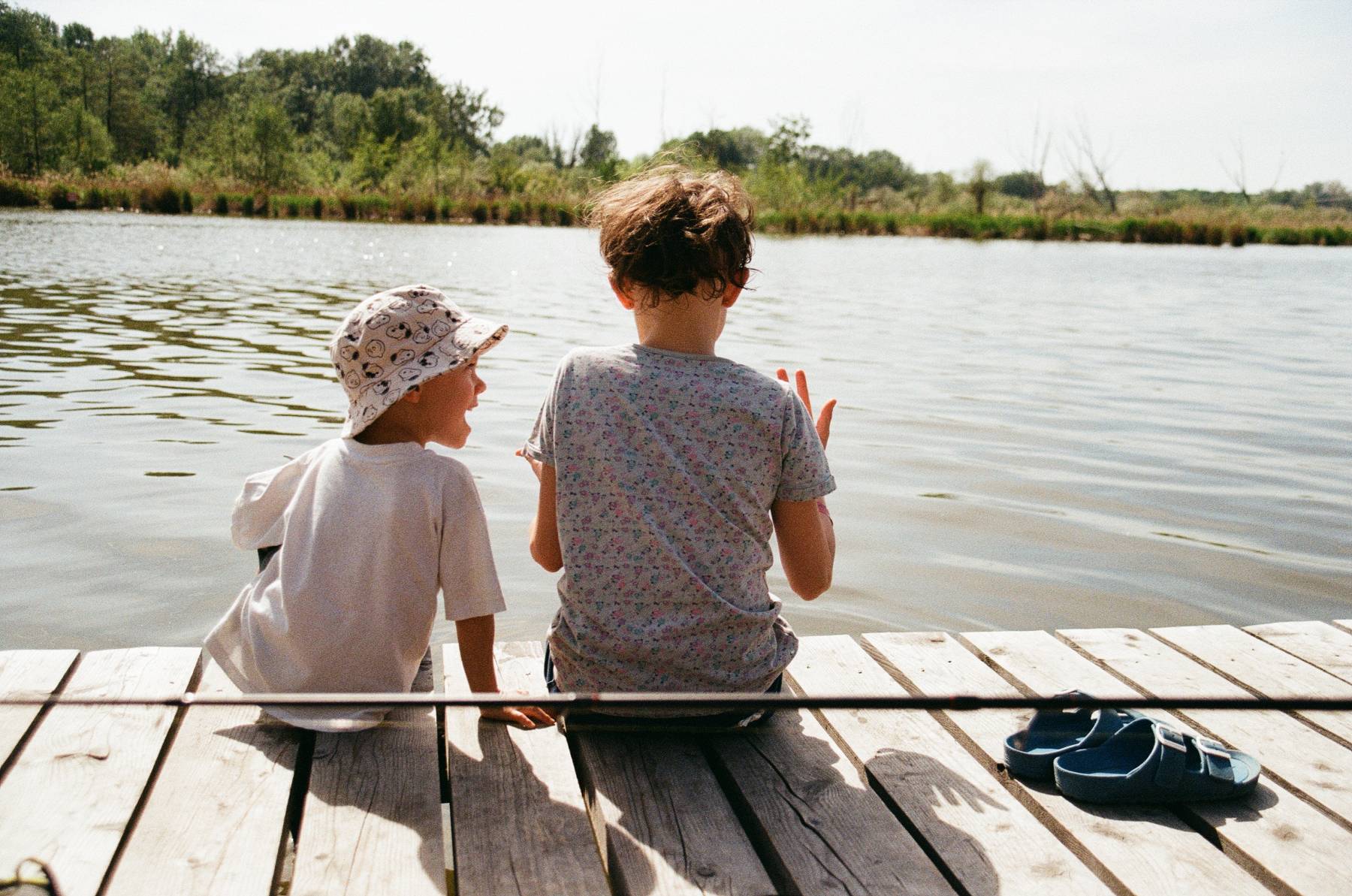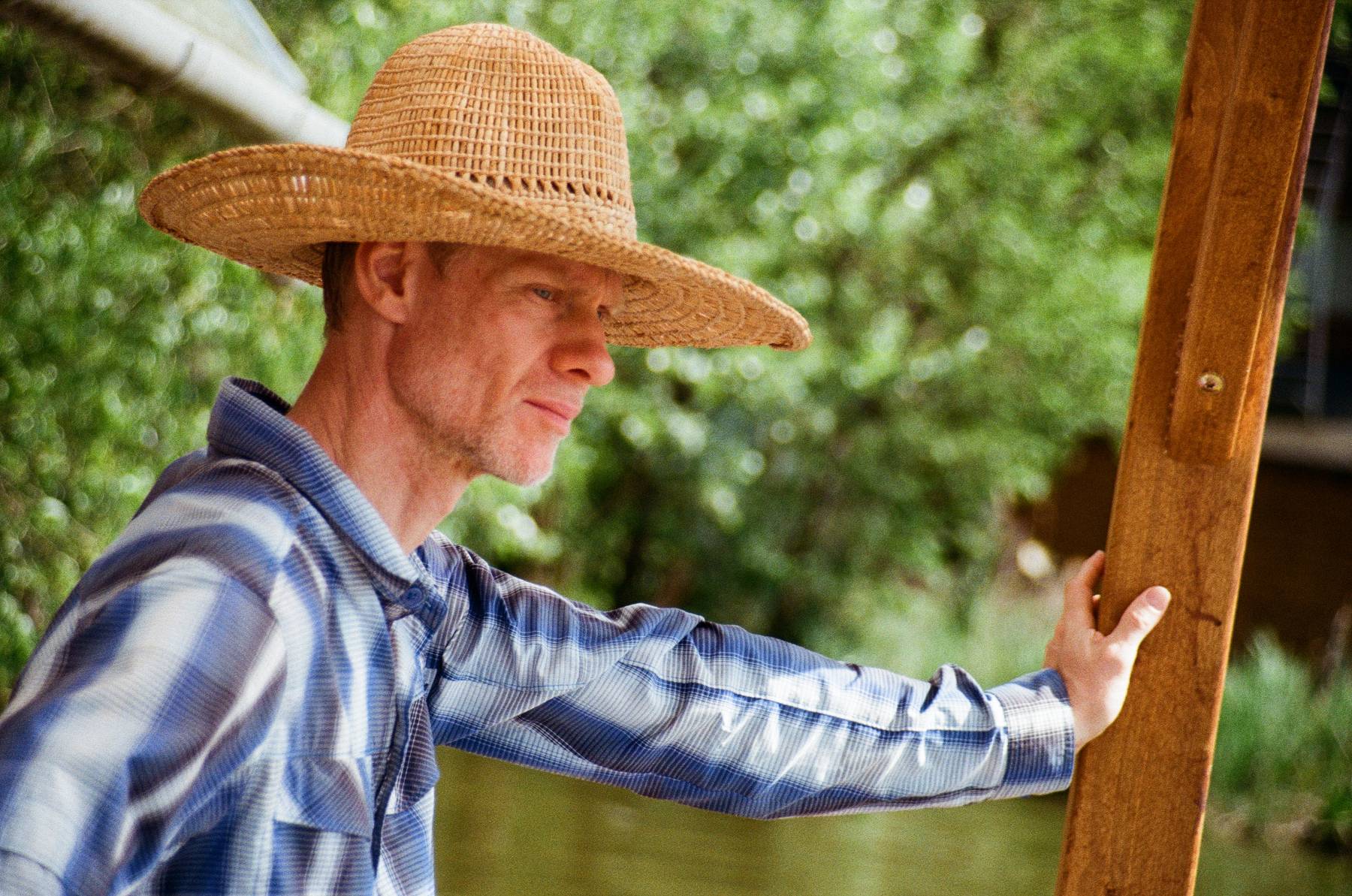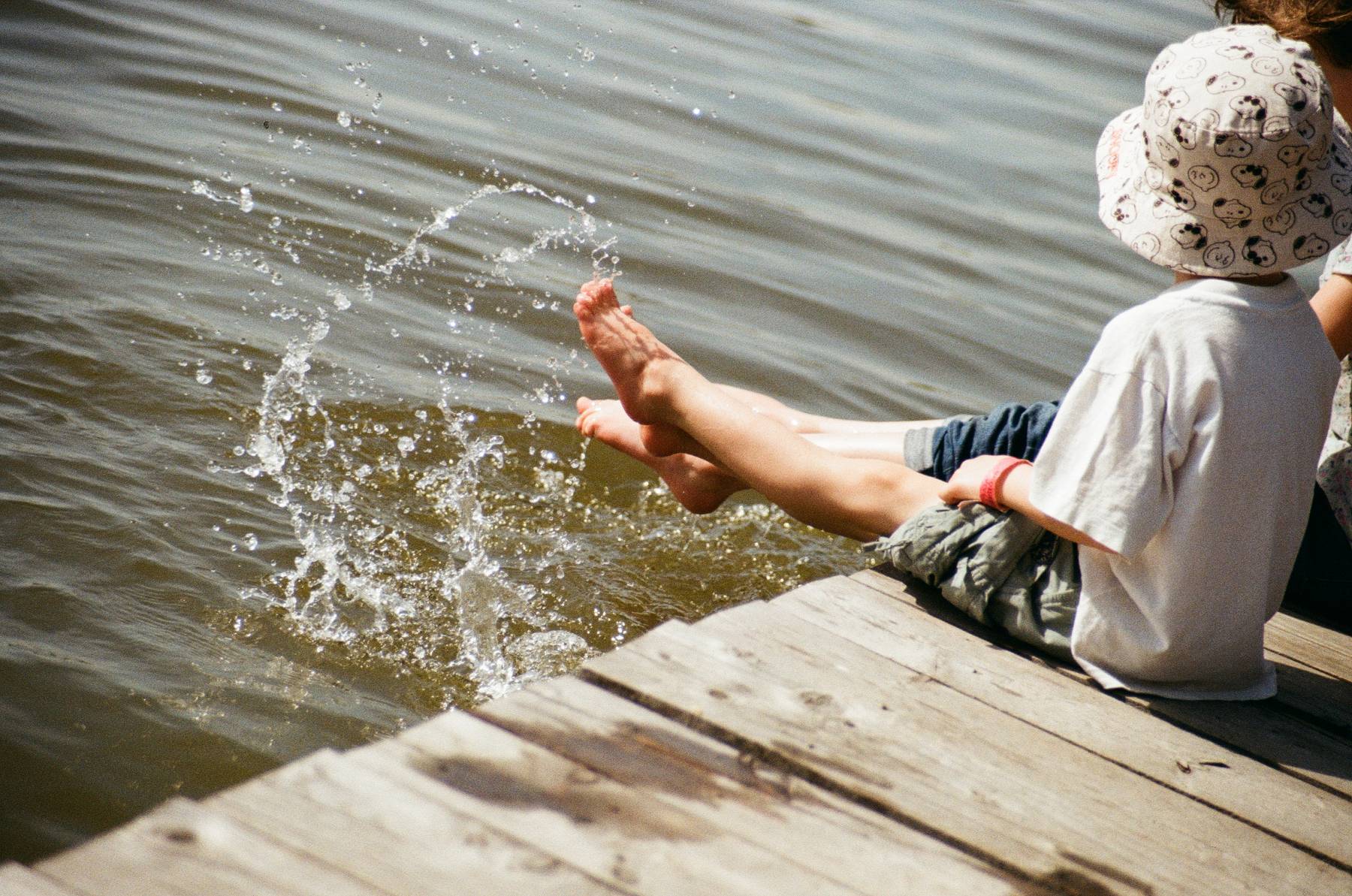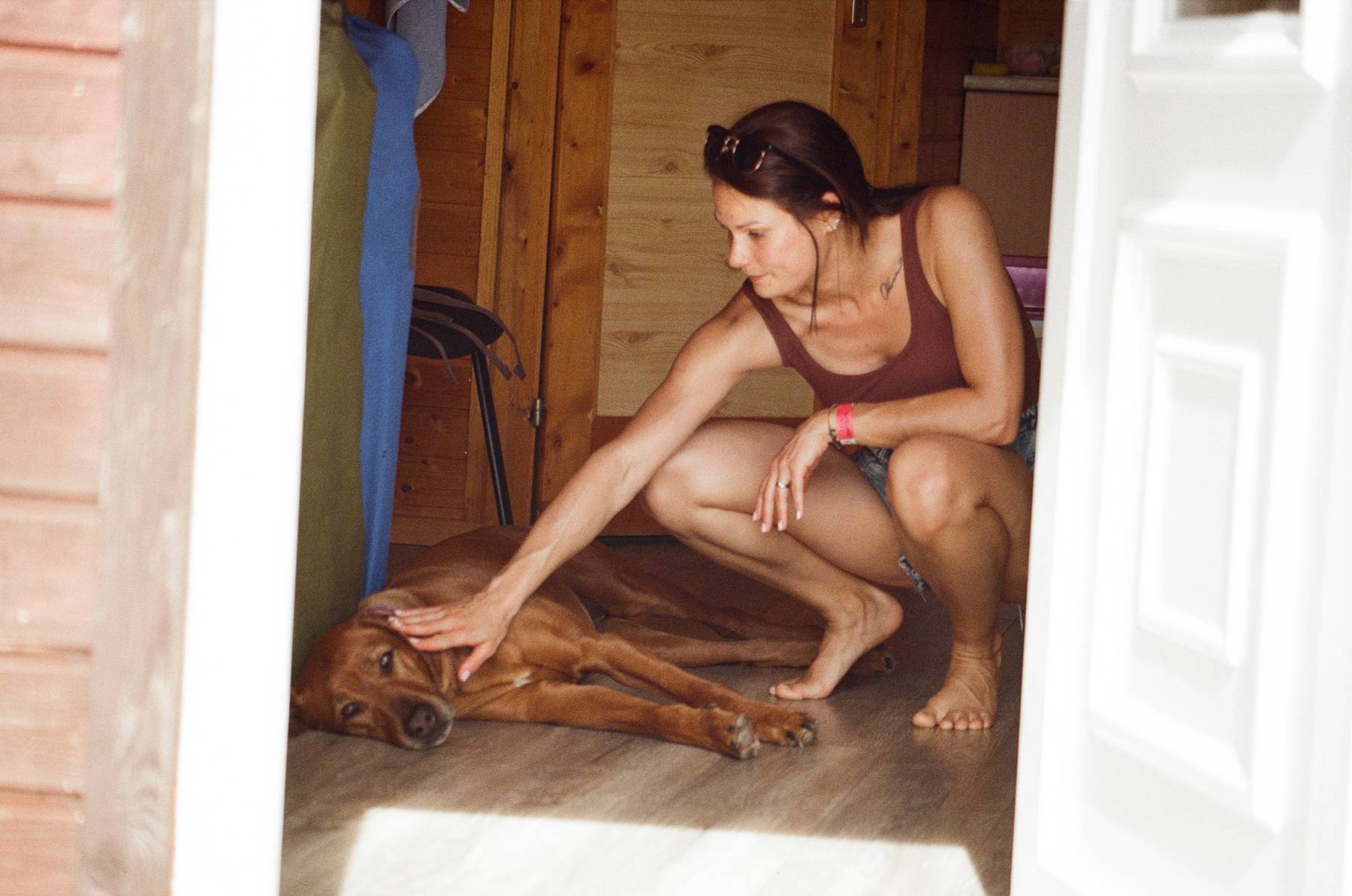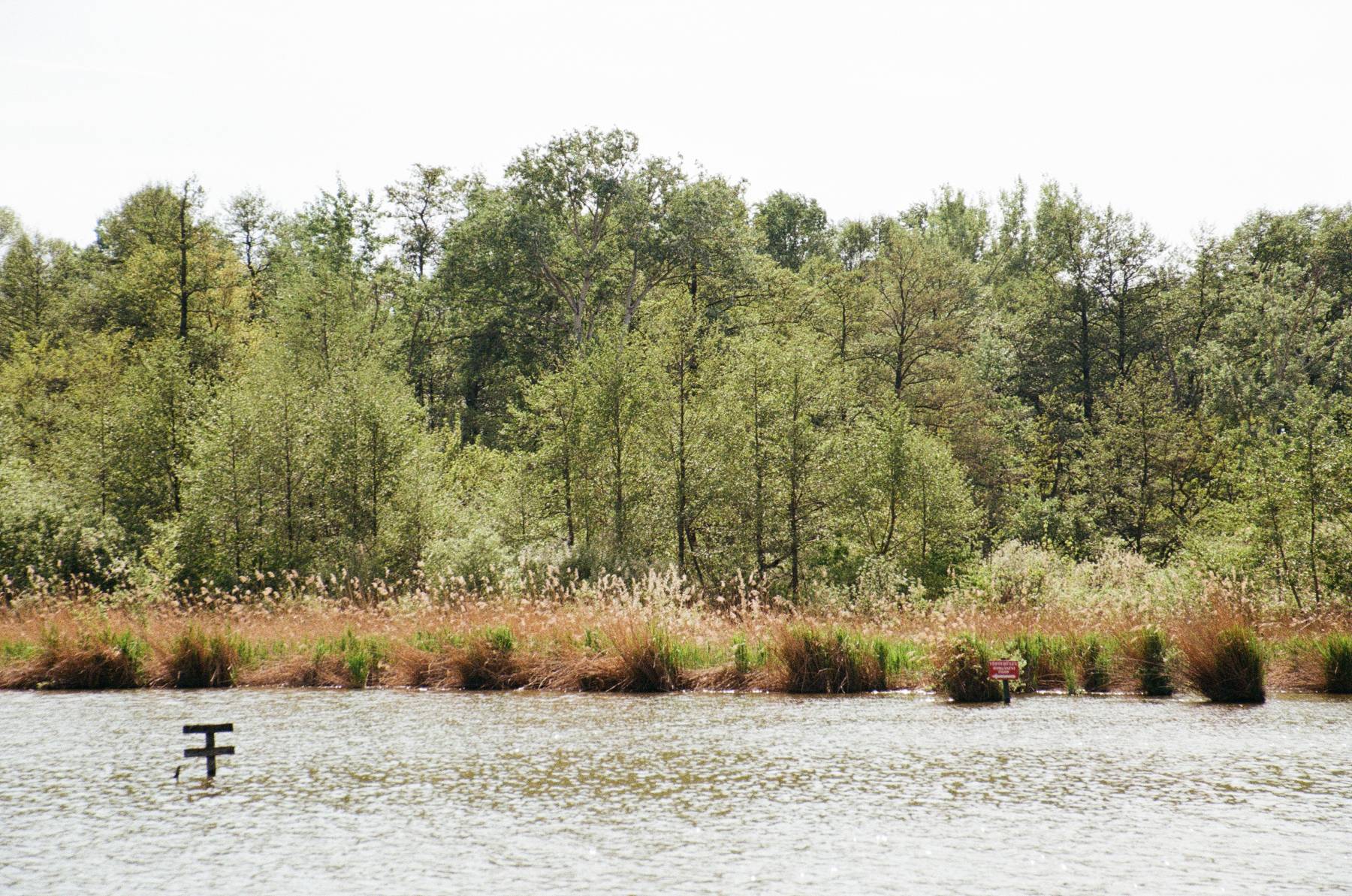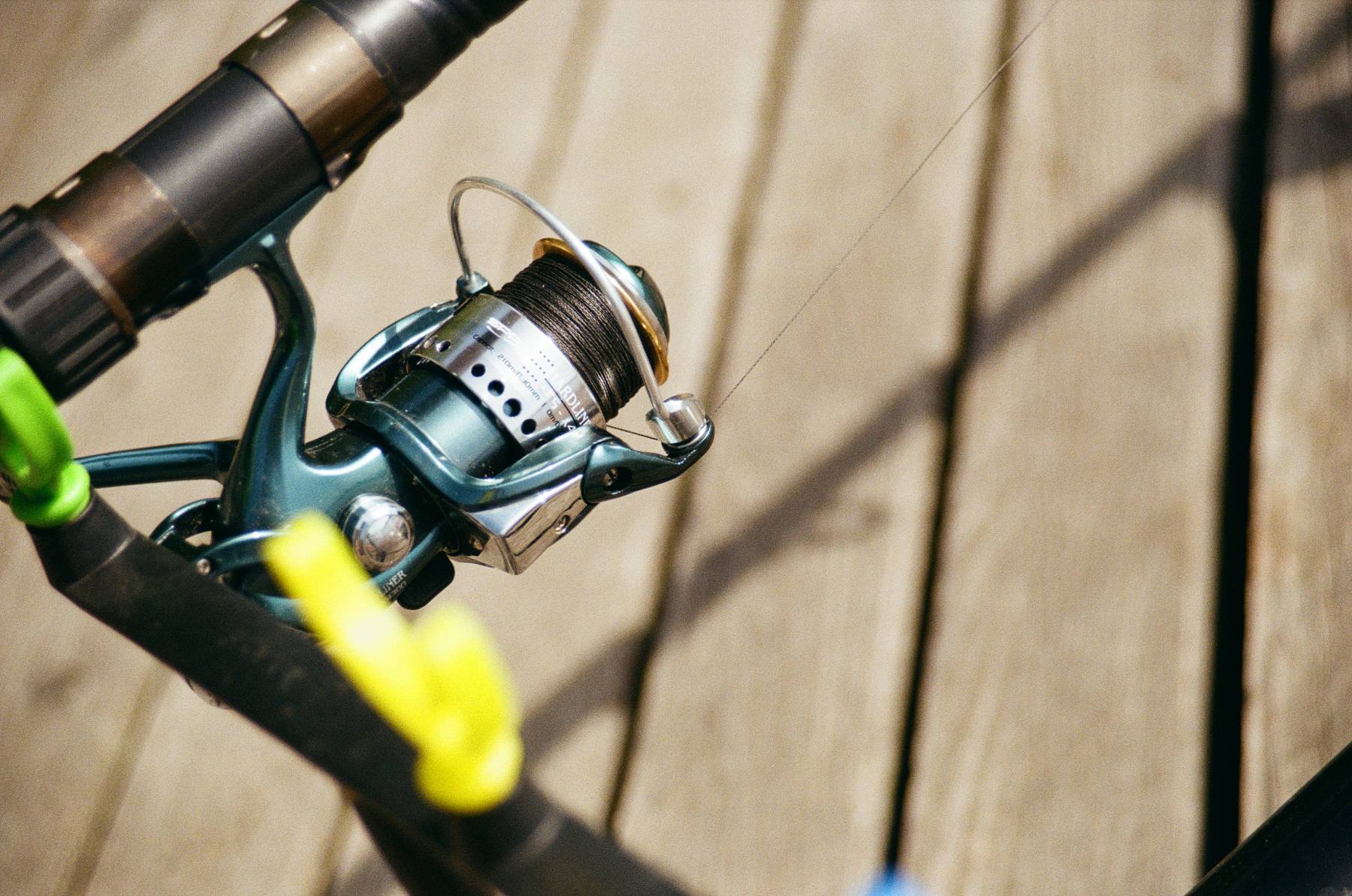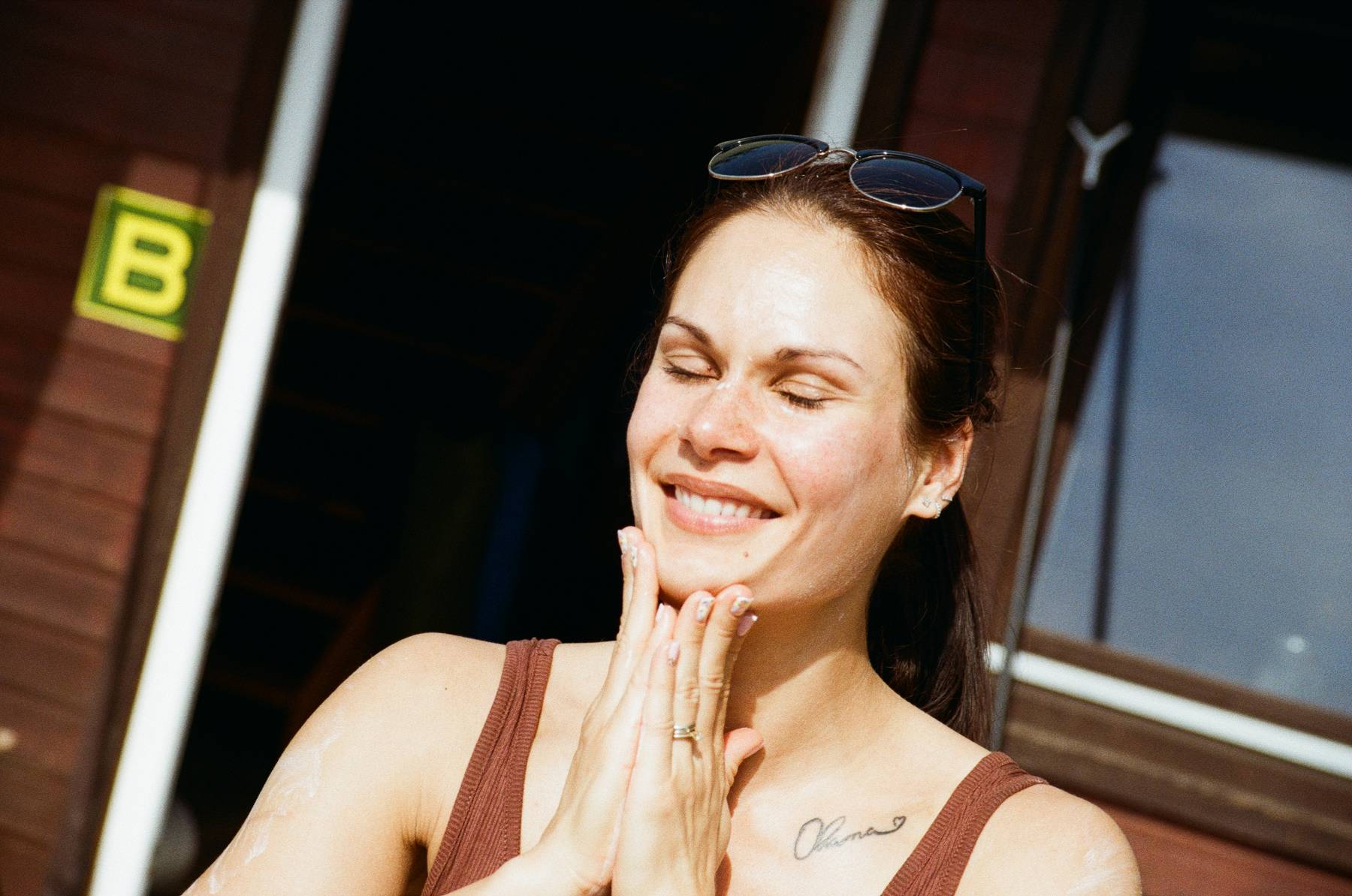A couple weeks ago came a fun little opportunity to directly compare analog film to something colloquially referred to as “film-like”. It was a family gathering at a lake, and I took my Canon 5D (Mark I) coupled with some Tokina lenses from the late 80s & early 90s, and also my most used film camera, a Minolta Dynax 5 with a modernish 24-105mm f/3.5-4.5 lens. Before going into any discussion here’s the first slide set, the 5D with the Tokinas:
The Canon 5D is probably the filmic camera, although people use that term for the broadest set of imagers, some to all CCD cameras, others to Kodak-chipped Olympus cams from the early 2000s, yet another folks apply it to certain (or all) Fujifilm cameras. I personally consider the Canon 5D cult justified, given the unique render of the camera, and I’d even say there’s truth to the filmic designation. It is certainly different from more modern Canon incarnations, and is unique enough that you can consistently identify 5D JPEGs out of the bunch. The above pictures were taken in RAW, but I do believe that some of the color “taste” makes it through RAW as well. Exposure and green hue / saturation adjustments were made, all else intact. There was a high quality (Nikon-made) CPL filter snapped on for most images. On their own I’d definitely consider these images filmic. But I’d probably attribute that 70% to the lens and 30% to the 5D. I’m in love with the Tokina render, while I fully admit that it’s technically substandard in a modern sense: contrast overall is lacking, microcontrast is outright bad, and flare control… well, you don’t even need a direct light source in your frame to have issues with this lens. Color render is somewhat biased, with magentas and yellows being particularly characteristic, amplified somewhat by Canon’s own “color taste”.
I did take a few shots with a Canon EF 50mm f/1.8 II that day, which is by no means an astonishing lens when it comes to contrast, but if you look at these images, things “snap into place” for those used to a digital look. I included picture 3 because it’s simply impossibly to take with the Tokinas (the 5D sensor is also at its edge though). They’d literally show a ghost instead of the lady, who is my mother by the way.
I’d consider these snapshots “less filmic” intuitively, but technically speaking they’re better than the first set: improved resolution, obviously better contrast, and probably more real-like color rendition, although the 5D’s opionionated show comes into play here as well.
Extrapolating backwards, a flawed conclusion could be that the worse we get in terms of resolution and contrast, the closer we are to film. It’s obviously not the right interpretation of (limited) results, but it is true that film has some serious limitations when it comes to contrast / resolution, and colors have not much to do with reality either, at least with the Kodak Color 200 I used in the next set. The bokeh is also a bit fuzzier, but that’s due to the smaller aperture of the Minolta lens. One thing to note that using a somewhat mediocre lens on my film camera is intentional. Shooting with razorsharp lenses and trying to extract as much resolution out of film as possible takes away from its charm in my opinion, but this is of course personal and should not be taken as a limitation of film.
But is film really that desirable after all? I think so, at least when not blown up to 60 inches on a 4K display. The unique tonality, lack of contrast, the muted colors all add up to something unique that’s easy on the eye, evokes instant nostalgia and simply a pleasure to look at. Should we expect digital to deliver similar results? Hell no! One key advantage of digital is its lack of opinion when rendering an image. In-focus stuff is sharp, colors are what they are, and you have as much dynamic range as any display can handle. Visually interpreting all that into something that’s either film-like or not is completely up to you. And that’s a good thing. But what about “filmic cameras”, is there such a thing? I do believe that there are “filmic limitations” and old lenses can give you a significant shortcut here. You can get fairly close to an old-school look without editing, but it does come with the price of giving up image quality you can’t recover later. To a lesser extent old sensors can do the same. They have visibly worse dynamic range manifesting in lower OOC contrast, and some do have unique (false!) color handling.
So it’s as simple and straightforward as that: using old gear gets you results closer to film more easily, but more importantly they give you an experience as well, that’s somewhat closer to the old days: old lenses handle differently, old DSLRs are close to film cameras in design and use just by their age. I personally love it, but I’d not be happy to give up on modern gear and the added freedom and flexibility of both snapping and editing.
Images taken with the Minolta Dynax 5 + Minolta AF 24-105mm f/3.5-4.5:
